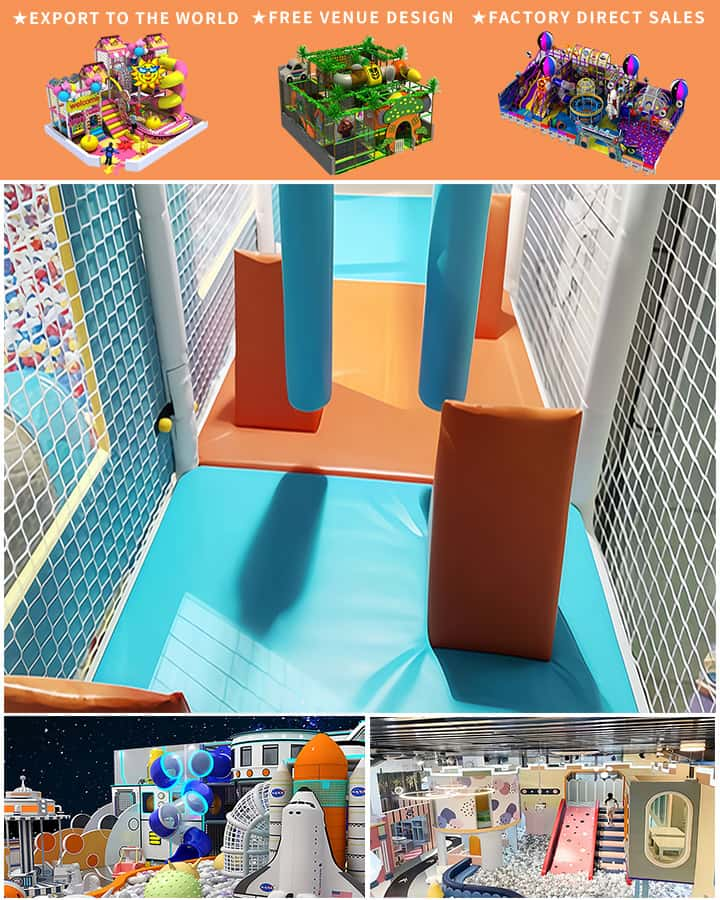In today’s fast-paced world, indoor playgrounds have become a cherished oasis for children to engage in fun and developmental activities. Whether it’s a rainy day or simply a break from the digital realm, these venues provide a safe and entertaining environment. However, understanding the average cost involved can be crucial for parents, entrepreneurs, and facility managers alike. This article delves into the various factors affecting the costs associated with indoor playgrounds, offering a detailed perspective on their economic landscape.
Factors Influencing the Cost
Location and Size
One of the primary determinants of the cost of an indoor playground is its location. Urban areas with higher living costs typically see increased prices for such facilities. Moreover, the size of the venue significantly influences the overall cost. Larger indoor spaces can accommodate more attractions and thus demand higher expenses for maintenance and operation.
Equipment and Installation
The quality and variety of equipment are essential elements contributing to the cost. High-quality, diverse play structures often come with hefty price tags. Additionally, professional installation services ensure safety and durability but add to the initial setup cost.
Maintenance and Safety Measures
Routine maintenance and safety checks are vital for the smooth operation of an indoor playground. Regular inspections, cleaning, and repairs contribute to ongoing expenses. Ensuring compliance with safety regulations also necessitates investment in proper training and equipment.

Staffing and Operational Costs
Staffing needs vary depending on the scale of the facility. Larger indoor playgrounds may require more staff members to manage operations smoothly and maintain safety protocols. Furthermore, operational costs, including utilities, insurance, and marketing, also factor into the financial equation.
Licensing and Permits
Acquiring necessary licenses and permits is another aspect that affects costs. These regulatory requirements ensure that the playground adheres to local laws and safety standards, adding administrative and legal expenses to the budget.
Average Cost Breakdown
Initial Investment
The initial investment for setting up an indoor playground typically ranges between \(10,000 to \)50,000, depending on the factors mentioned above. This includes purchasing or leasing space, acquiring play equipment, installation, and initial setup.
Monthly Costs
Monthly operational costs can range from \(2,000 to \)10,000. Major components include:
- Utilities: Approximately \(300-\)600 per month, depending on the facility size and energy consumption.
- Staff Salaries: For a moderately-sized indoor playground, expect to allocate around \(3,000-\)5,000 per month.
- Maintenance: Budget about \(200-\)500 monthly for routine upkeep and unexpected repairs.
- Marketing and Promotions: Effective marketing strategies might cost between \(500-\)1,500 per month.
Annual Expenses
Annual expenditures encompass renewal of licenses, major maintenance works, and potential upgrades. This could sum up to an additional \(10,000 to \)20,000 per year.
Return on Investment
For entrepreneurs eyeing the business side of indoor playgrounds, understanding the return on investment (ROI) is crucial. With effective management and a well-thought-out business plan, indoor playgrounds can generate significant revenue through entry fees, membership plans, and hosted events. Typically, a successful indoor playground can break even within two to three years, paving the way for profitable operations thereafter.
Conclusion
The average cost of establishing and maintaining an indoor playground involves a multifaceted approach considering geographical, operational, and market variables. While initial investments might seem daunting, careful planning and management can yield substantial returns. By understanding these costs comprehensively, stakeholders can make informed decisions and ensure the longevity and success of these delightful recreational havens for children.




